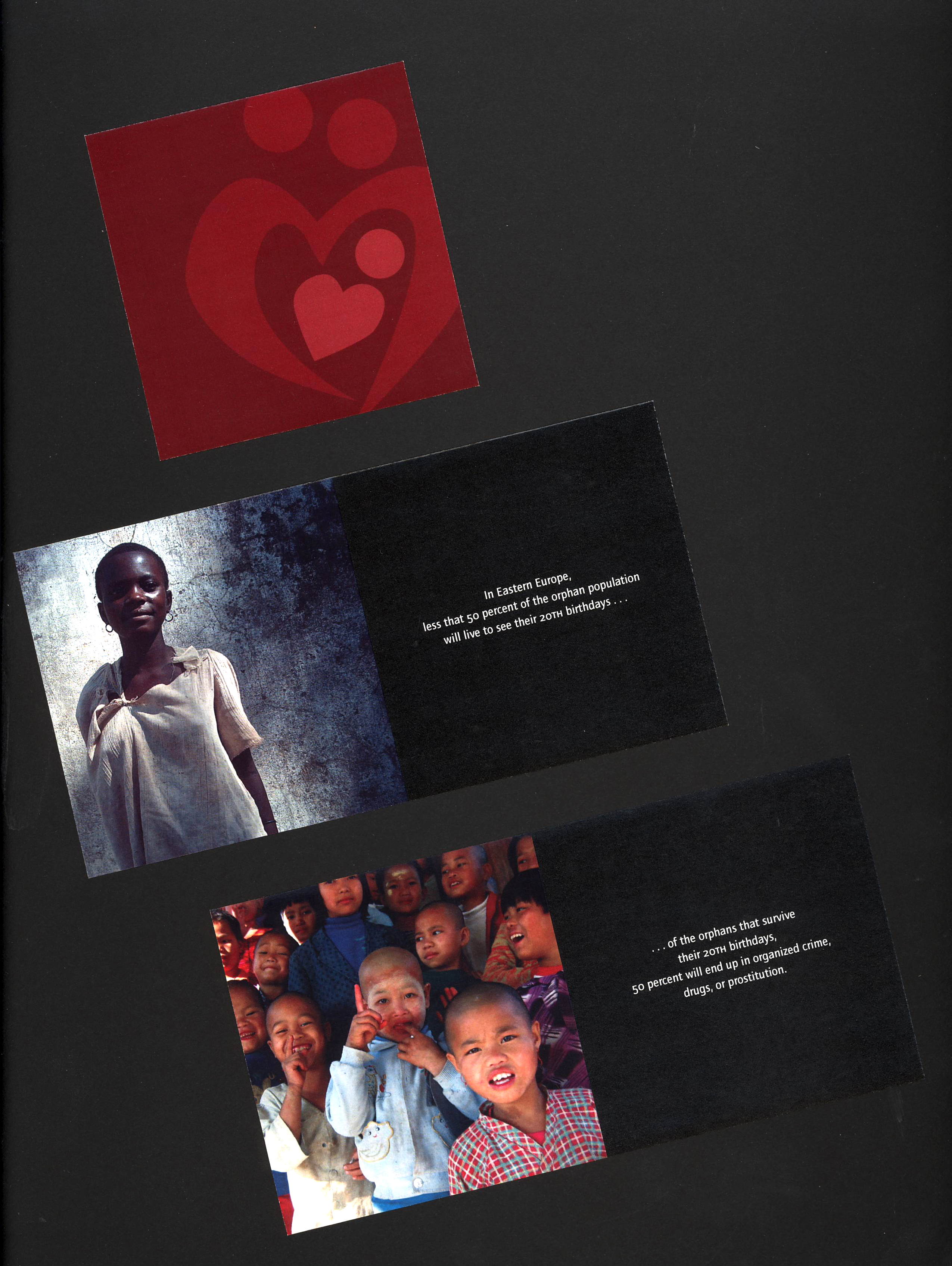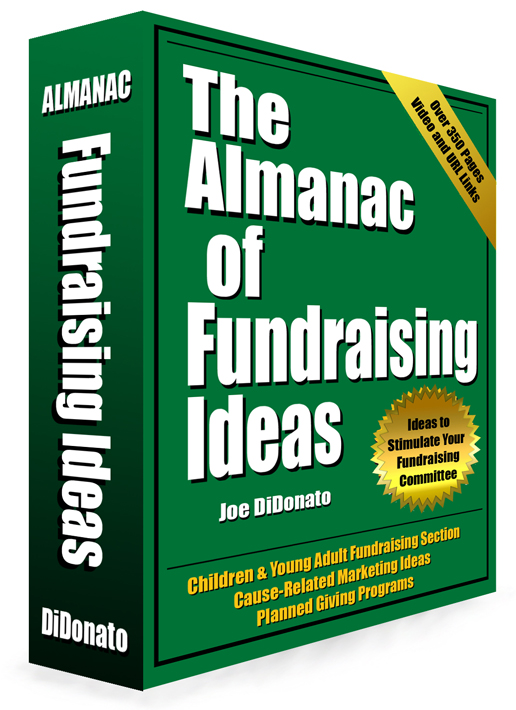|
Potential
Revenues:
|
$$$$$
|
|
Revenue Source:
|
Donations from high-income individuals
|
|
Advertising:
|
Direct appeal via introduction
|
|
Equipment/Supplies:
|
Coffee-table quality book on your organization
|
|
Partners:
|
www.Blurb.com
www.Snapfish.com |
|
Volunteers
Needed:
|
Board Member Introductions, photo and book
design help.
|
How It Works:
Many 501(c)(3 )non-profit
organizations can better leverage their Board members’ connections by making
available a high-quality cause book for high-income individuals. The cause book tells your story in pictures
and short messages, so that you can create an emotional connection with the
high-income individual. Even without
that emotional connection, there are important tax considerations for a large
donation. The high-income cause book
starts the process.
Imagine a
coffee-table quality book with pages of struggling orphans and orphanages to set
the stage for how your organization helps.
Imagine showing kids who now have jobs thanks to your group’s
efforts. Imagine showing cancer
survivors that have benefitted from your organization. Tell your story.
The new online
services like www.Blurb.com, www.Snapfish.com and many others make these
high quality books possible, in quantities of one. They look like they’ve come off the presses
of a high-end printer. All you need is
about 20-50 photos that tell your story.
The more you have the better.
On one page,
place the picture so that it fills the entire page without a border. On the facing page you tell a small piece of
your story. If you’re helping foster
kids or orphans, then a shocking statistic like “there’s over 143 million
orphans in the world” is all that needed on the opposing page. If you’re fighting a specific type of cancer,
then pictures of cancer survivors on one page, and their story on the other
page, will get the same effect.
You also need to tell how your group uses the
donations that it receives. Explain how
you spend the money and what group of people or cause benefits as a result. The more you can break down how money is
spent, the easier it is for a high-income individual to figure out how they can
help. Perhaps they’ll sponsor a person, or
a new facility, or a project. Perhaps
they’ll sponsor much more.
Ideas to Consider:
You will want to
be prepared with other non-cash options to present, which is why there are
several “planned giving” venues included in this book. Make sure you are well-versed in how each of
these work, or bring someone along who is well versed in the planned giving
instrument.
Consider asking
each Board member to make your organization a 1-3% beneficiary in their life
insurance policy. That’s usually a
one-page document that needs to be prepared, and easily done. In turn, if they ask a high-income individual
to do the same, it will be more credible if they can say they’ve already done
it.
Each of the
planned giving venues presented offers a specific tax advantage, as does an
outright cash donation. Never forget to
mention that you’re a 501(c)(3 ) or similar tax-deductible entity, if you have
that status with the Internal Revenue Service.
Source of Idea:
Unknown. This concept was first
suggested to the author by Gary Hespenheide of Hespenheide Design, in Thousand
Oaks, CA.
Back to Home Page
|

